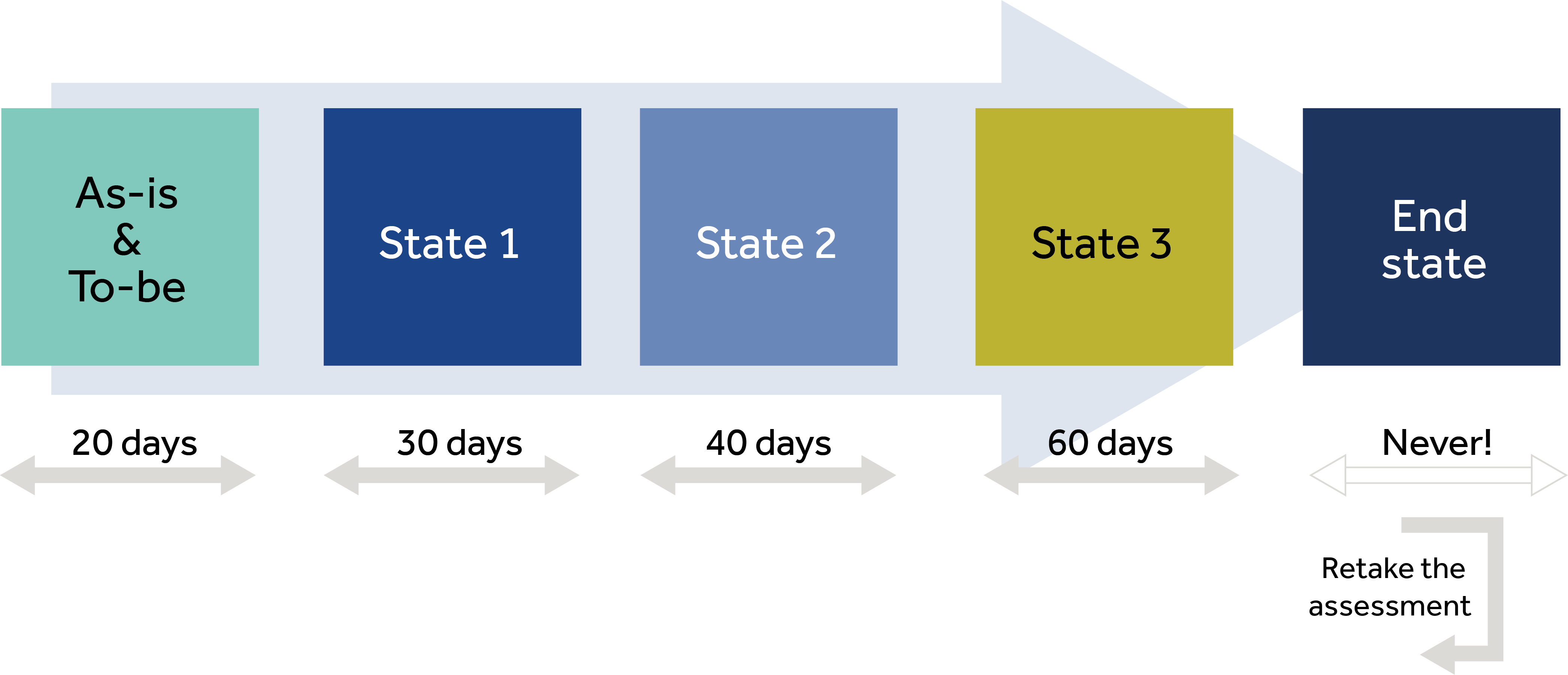Full toolkit: 8) Implement the plan
This step demonstrates different approaches to making improvements to data capability
There is no ‘one size fits all’ plan to begin improving data capability. Even the word ‘plan’ is misleading as the aspiration is nothing less than redefining the institutions’ relationship with data. For data to be viewed and trusted as an asset, best practices of data operation and management must be embedded across the entire institution.
The most important message here is to focus, prioritise, choose and follow through. It is easy to become overwhelmed with the sheer volume of activity required. It is vital to keep the benefits (short and long term) in plain sight and plan the activities appropriately. It is equally important not to get distracted or disillusioned. The first step is always the hardest one.
We’ve outlined successful approaches below:
- Find an opportunity
Publish and use discussions/disagreements about data outputs to improve the inputs. It brings people together, and will generate trust in both those inputs and outputs. Not achieving 100% accuracy should not be seen as a failure. This is an iterative process. - Existing change programme
There are generally many islands of data management good practice hidden within an organisation – mostly within individual groups. It is far easier to bolster/refocus an existing structure than create an entirely new one. The key is to join them up under a single set of principles, goals and a road-map. - Top down
Demonstrating the value of data to senior management is absolutely vital to any wider improvement initiative. A top down approach will have a far higher chance of success if a senior sponsor can be identified who is a data evangelist. Someone who will always be able to articulate the value of data in their interactions at all levels. Attempting to push better data management ‘up’ is extremely difficult- if it was not, you would probably already be doing it. - Fix a problem
Almost every project or initiative has data within it. Many have data issues around quality, linkage, collection etc. This is an ideal way to showcase data management improvements by solving these problems. This approach works extremely well with data governance – rather than launching a data governance framework it is far better to quietly solve problems to soft launch this framework. Once the ideas are embedded it is simpler to publish the framework because support will already have been procured through resolution of real problems. - Innovation
People forget about data because they cannot generally see it – so publish a plan and show how quickly progress is being made. Use roadshows and internal communications to gain interest and – hopefully – enthusiasm for a wider audience. Ensure there is a feedback mechanism which allows current problems to be raised and solved.
Finally, do not fall into the trap of creating a large and cumbersome plan calling for hundreds of activities and many scarce resources. Once the as-is state has been fixed and a to-be state defined, a series of agile interim steps should be loosely defined. None with an elapsed time span beyond 30 days. Each must have a defined goal that should be reviewed at the end of the period. It’s not a disaster if this goal is not met, because changes can be made to focus the next 30 days.

It’s important to regularly review how these steps are improving data capability in line with your gaps and mitigations. Again having such short interim states means that unproductive activity is limited to a small number of days. Staying flexible, but with a firm eye on the end state, is the key to successful implementation.
